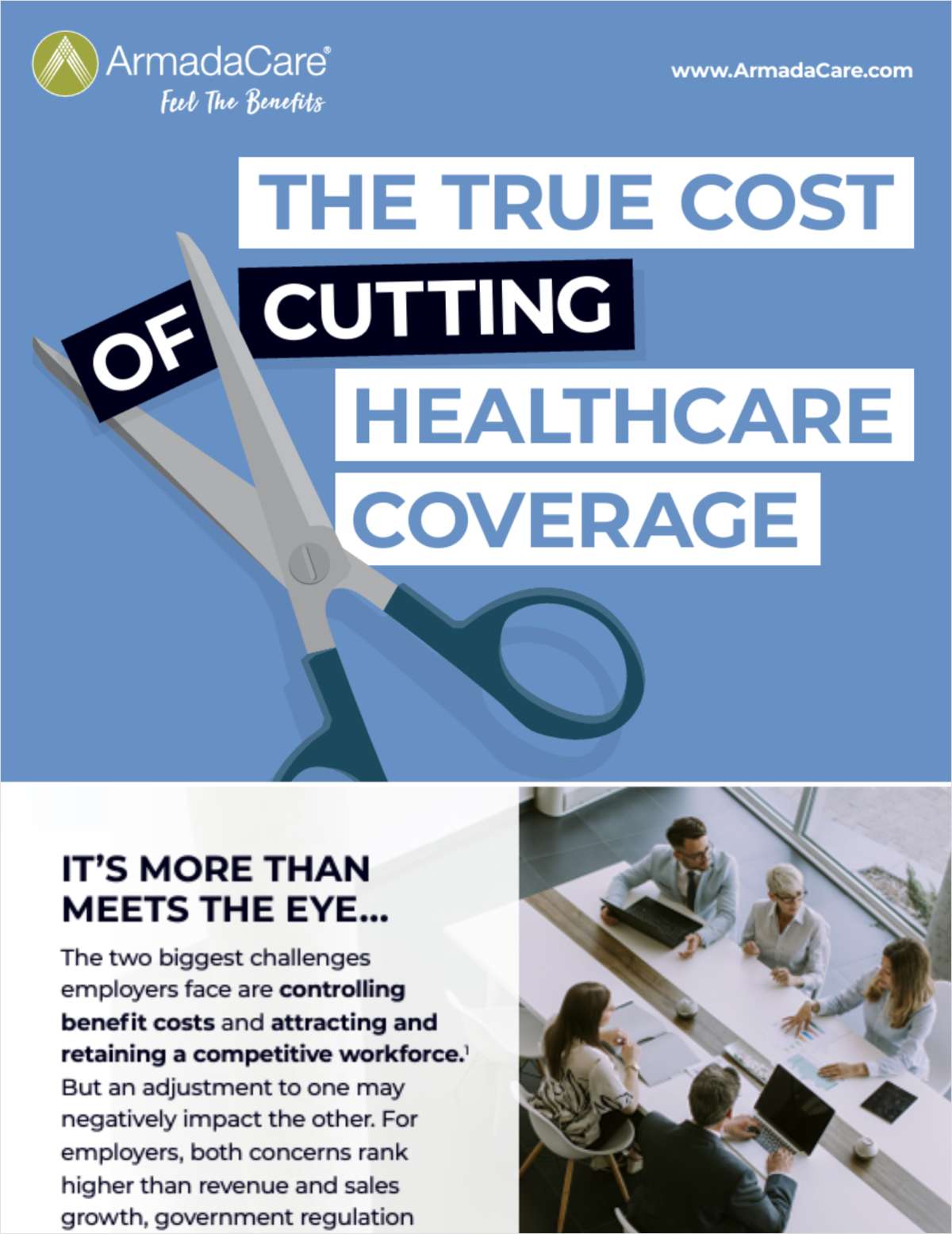Choosing benefits that make a difference in the quality of life is a very important issue with employees, especially when they are picking up the cost of the product. Chances are, in many cases, companies that offer a choice in health care may subsidize some of the cost, but much of the expense is often borne by the employees.
Consumerism can help provide common sense options when costs are evaluated and the comparison of services comes down to value versus ROI. As a result, consumer directed health care is definitely on the rise.
The ranks of Americans enrolled in high-deductible health plans (HDHPs), which are often linked to account-based consumer-directed health plans (CDHPs), reached 22 million in 2010, according to a report by the not-for-profit Employee Benefit Research Institute. The Society for Human Resource Management reports that with CDHPs, plans with deductibles of at least $1,000 for employee-only coverage are linked to tax-preferred savings or spending accounts that workers and their families can use to pay their out-of-pocket health care expenses. The most common CDHPs are health savings accounts (HSAs), which are funded by the employer or employee and are portable (employees take these accounts with them on termination), and health reimbursement arrangements (HRAs), which are funded solely by the employer and are not portable.
Continue Reading for Free
Register and gain access to:
- Breaking benefits news and analysis, on-site and via our newsletters and custom alerts
- Educational webcasts, white papers, and ebooks from industry thought leaders
- Critical converage of the property casualty insurance and financial advisory markets on our other ALM sites, PropertyCasualty360 and ThinkAdvisor
Already have an account? Sign In Now
© 2024 ALM Global, LLC, All Rights Reserved. Request academic re-use from www.copyright.com. All other uses, submit a request to [email protected]. For more information visit Asset & Logo Licensing.








